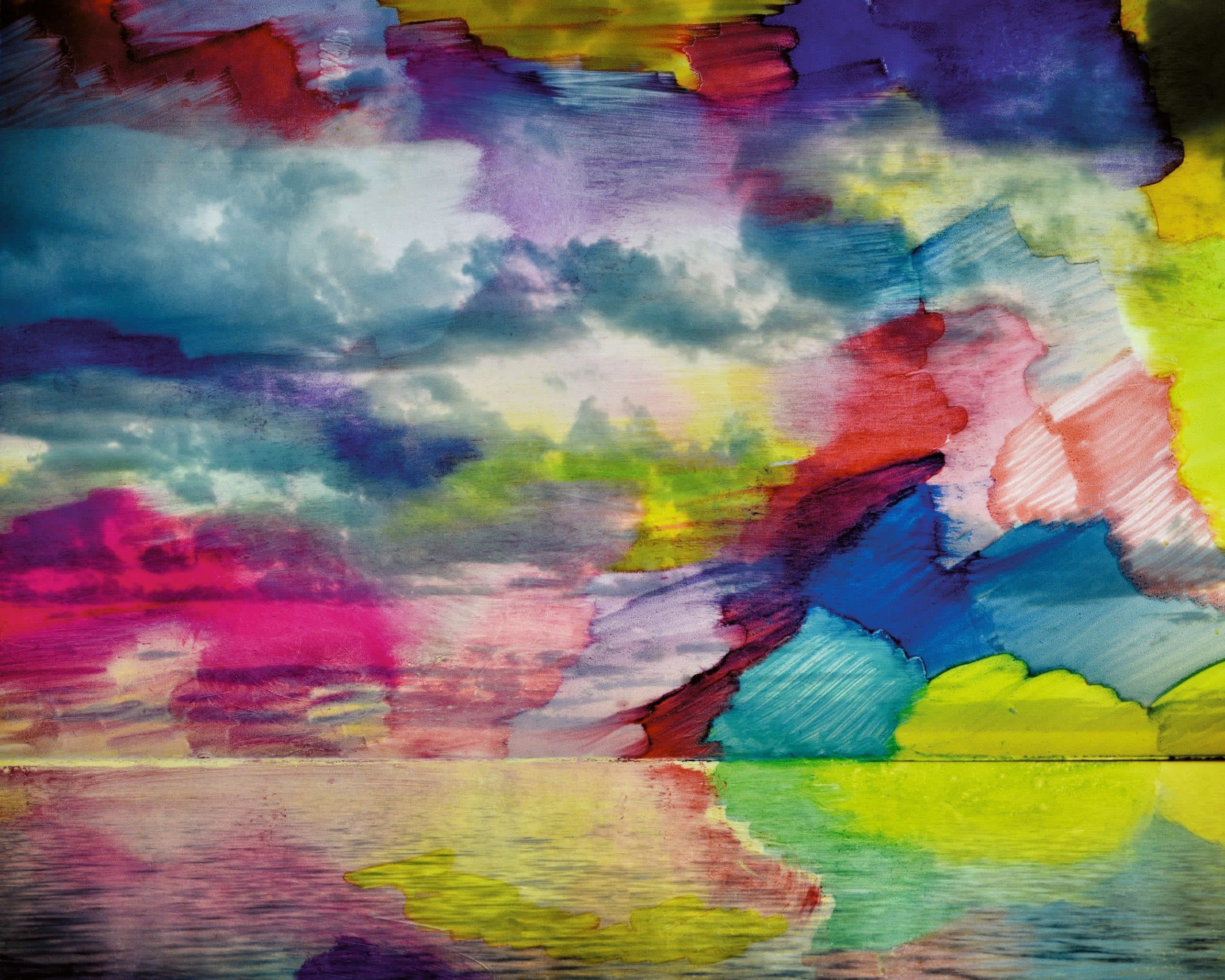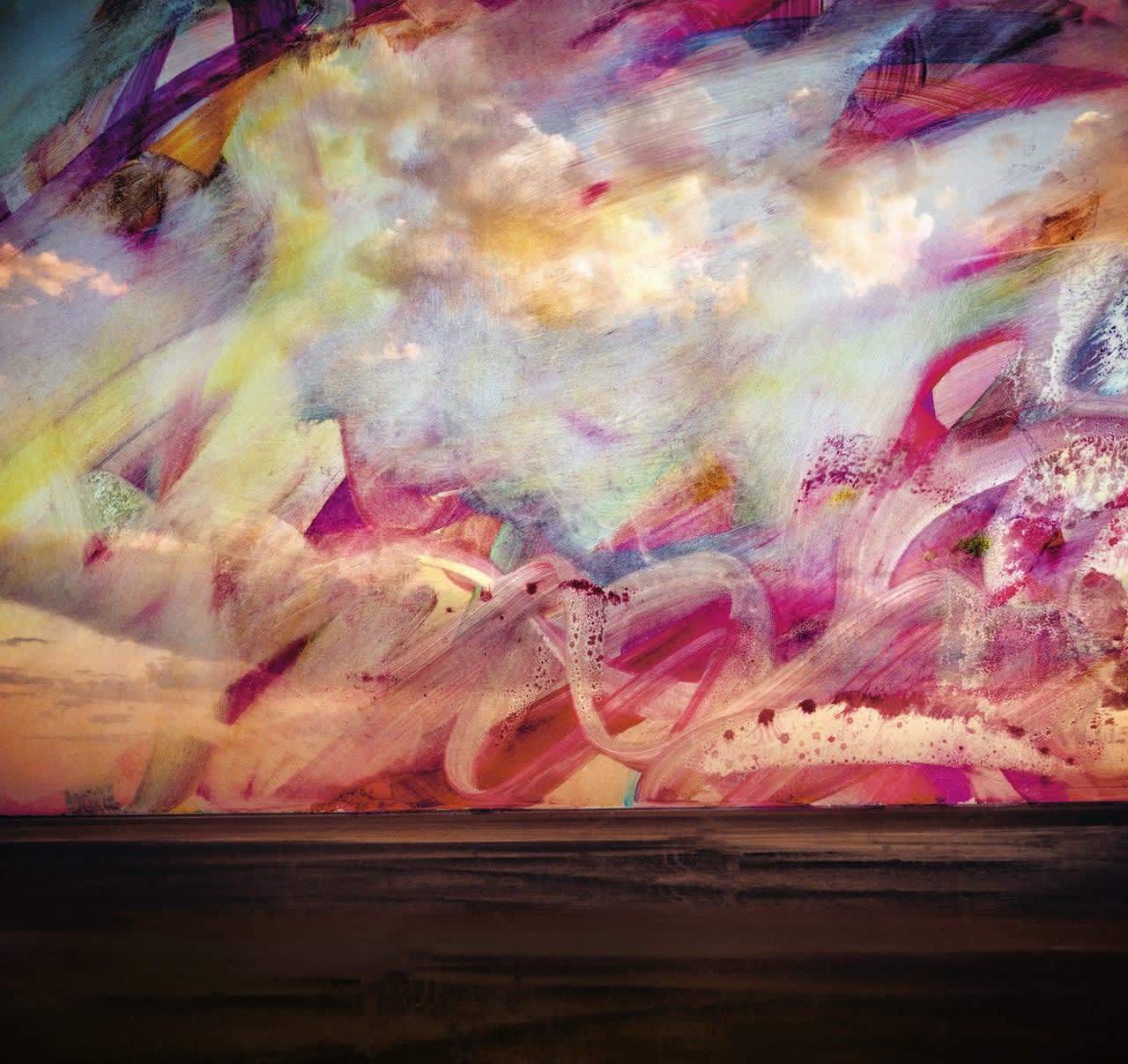“Seventeen years later and after all that life giveth and taketh away, it is the wildness of the region that attracts me most,” writes artist Chloe Sells of Botswana, the place where she shot her latest book Flamingo. “Botswana is one of the last great completely wild, untouched and quiet corners of the earth.”
In particular she was attracted to Botswana’s Makgadikgadi Salt Pans, in the heart of the Kalahari Desert, a strange and harsh, yet beautiful landscape. “I didn’t know that part of Botswana very well,” Sells admits, “but I had visited many times and been amazed by the Makgadikgadi Salt Pans; I knew I wanted to spend more time there.”
“The atmosphere in that part of the desert is quiet and lonely,” she writes. “It is inhospitable for most humans and many animals. It is a reflective place, and I feel very free when I am there.”
For Sells, the open space offered the chance to reflect on something very difficult – the fact that her husband was dying. Returning again and again to shoot in the Makgadikgadi Salt Pans and Sua Pan, she saw how the landscape changed with the seasons, and life at its most elemental. “In this environment survival is only for the fittest,” she says. “The birds come and they go.”

The salt pans are famous for their flamingos, but while Sells saw them for herself, they don’t feature in the images. “I just had bad luck,” she says. “Not only that, but flamingos got the memo; they hate humans. If you walk one step towards them, they walk one step away. Plus, they fly and the area is vast; most of it cannot be accessed by vehicle, only through huge tracts of sticky, thick mud. Unless I was going to become a National Geographic photographer, build a hide and live out there for a couple of weeks at a time, flamingos were not to be mine.”
“The conditions on the Pans are harsh. The wind howls, the rain drives, the sun beats down ferociously and you are Lilliputian in the cosmic order of the Makgadikgadi. I made the pictures at sunset and sunrise. I tried to catch the full moon, which would mean the sun would set at the same time the moon would rise and then the following morning on the opposite side of the sky, the moon would set as the sun would rise. This was not only wonderful to photograph, it is also a perfect, monthly celestial event.”


On the Turning Away © Chloe Sells
After photographing with an analogue large format camera in Botswana, Sells brought her film back to London and spent months working on her images in the darkroom. Standing full days on her feet, she worked tirelessly to conjure something from thin air – a physically challenging process.

Chloe Sells’ Flamingo, published by GOST Books

Chloe Sells’ Flamingo, published by GOST Books
“I often think about images for days or weeks before beginning on them. It is a long process of experimentation. Sometimes the results are fruitful and others fruitless. Loss is part of the process.”
The work itself was presented in three exhibitions – one at the Michael Hoppen Gallery – and now a book (her second monograph), which includes distinct cut-out shapes running throughout. “Each outcome was slightly different,” says Sells. “The book gave me the opportunity to create an object out of the experience. I love the fact that allows for the viewer to interact with the pictures and create their own experience.

Untitled © Chloe Sells
“Making a book like this is very much about following your gut, because you have no idea what it will look like until the end,” she adds. “It is a journey in itself.”


